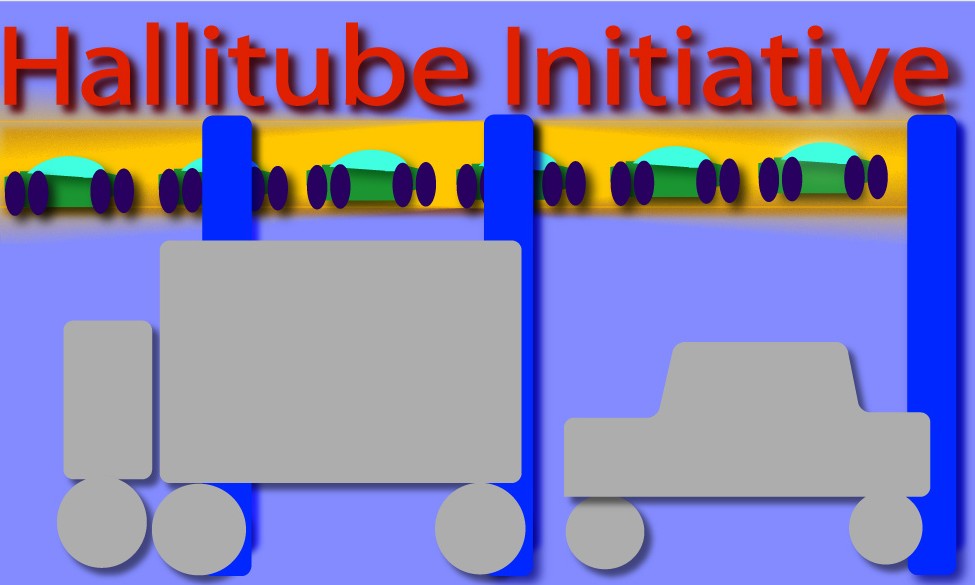 but not through a regular draft.
but not through a regular draft.
| Although the Bush has promised no draft, it
is not inconceivable that in case of continuing occupation in the M.E.,
instead of a draft, a large scale, low paid, "general service-auxiliary"
requirement might be issued not requiring combat services, but a mixture
of safer point defense and administrative assistance to the nascent Iraqi
democratic state. One should not discount a conflict with Iran or
Syria. Historically, great powers like the US have always become increasingly
embroiled abroad. The experience of the Iraq campaign has been that
it is relatively easy to go in and remove an existing regime, but difficult
to really secure areas, as for this a vast number of small reinforced points
would be needed, more than our army can provide. Because the US wages war
humanely, (at least in comparison to past empires, which would have dealt
with terrorism by simply hanging 50 young men for the death by terrorism
of one soldier, such as the Germans did in Czechoslovakia during W.W.II)
we do not have the option of retaliatory decimation of the ranks of probable
terrorists. The Bush administration might therefore go to a "human wave"
strategy, which also fixes pressing unemployment problems among ghetto youths
and is not very costly as they would probably not train them very much. This approach, scarily, would fix gridlock* if the callup is really large scale (say on the same scale of France during the Napoleonic invasions of Egypt) However, as long as only Iraq is involved, an expansion of the US street grid structure is needed, and Hallitubes must proceed as the only way to add road space at very low cost. At this moment it is hard to imagine the mobilization of a large fraction of the young, or even older unemployed, even for low-combat frequency duties. Paradoxically, with the economy becoming highly automated by computers, and a swelling population, composed partly of the unskilled children of immigrants, this scenario is not as remote as it may seem. In terms of venture capital investing risk in the Hallitube System, apart from the above, the only other risks are 1) a rapid advance in small engine power making small aerial vehicle projects such as the "Solotrek" or the "Miller Air Car" possible, or 2) creation of a stable new element to shield from gravity waves. We have looked extensively at these technologies and feel that there is no short term guarantee that they are coming. Even with greater engine power, there are reliability and pilot skill risks, and the disruptive consequences of engine outs in vehicles that cannot glide. NASA has been financing an attempt to automate small aircraft operation better to provide large scale general aviation for consumers, but we feel that post-911 this is not something you should hold your breath for, given the existing crowding of airspace. * A 15-20 % vehicle reduction during rushhour would bring speeds back up to the limit, this can be achieved with Hallitubes. |